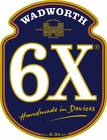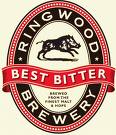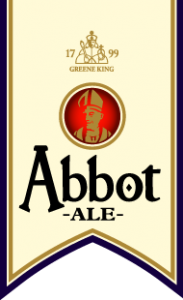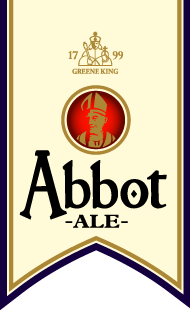Why age beer? Or why my Fullers ESB clone now tastes great
 As readers are by now painfully aware I had some issues with my Fullers ESB Clone recipe. My first review of the clone came after only 2 weeks of conditioning in the bottle and only 4 weeks since the brew began. A little early methinks. Well the review gave low grade, only 4/10 citing poor clarity, overly malty and sweet and low carbonation. But this is not the end of the story, a week later we get a slightly happier tone in the On Tap Update under “Drinking” citing better mouthfeel and improved flavour. I seem to remember it had cleared also. What a difference a week makes. Well 2 weeks on from the original review during a review for a disappointing Wadworth 6X clone (still is disappointing btw) we get great news, I have upped the rating to a 6/10 as the flavour had now drastically improved over the original.
As readers are by now painfully aware I had some issues with my Fullers ESB Clone recipe. My first review of the clone came after only 2 weeks of conditioning in the bottle and only 4 weeks since the brew began. A little early methinks. Well the review gave low grade, only 4/10 citing poor clarity, overly malty and sweet and low carbonation. But this is not the end of the story, a week later we get a slightly happier tone in the On Tap Update under “Drinking” citing better mouthfeel and improved flavour. I seem to remember it had cleared also. What a difference a week makes. Well 2 weeks on from the original review during a review for a disappointing Wadworth 6X clone (still is disappointing btw) we get great news, I have upped the rating to a 6/10 as the flavour had now drastically improved over the original.
This brings me to the other night, almost 7 weeks to the day from its bottling date and only 2 bottles remaining. I crack a bottle, carbonation is perfect, flavour is definitely ESB, a really bright beer that goes down smooth. I have to rate this an 8/10, its good, really good. So what have I learned from all this. First up, don’t write a review on ESB’s until at least 6 weeks, let beer condition for longer, it obviously needs it. The ESB clone has showed just how drastically an ale can improve over a 5 week period.
So what does happen to ale as it ages? First of all it depends on how long and where. Most beers can last for months in a temperature controlled, dark area. Once a beer has carbonated (typically 2 weeks), it is best stored at 55ºF in a dark room. Light is the first enemy of aging as it causes a premature breakdown in the hops leading to a skunky, “off” taste. Over time the hops will naturally breakdown but constant temperature and lack of light will greatly prolong an ales life. Temperature is the other big factor with aging, a fluctuating temperature can cause spoiling and rapid aging leading to prematurely off beer. This can and has happened during hot summer months and is why I am seriously considering converting an old fridge for beer storage this coming year.
So, given we have taken temperature and light into consideration what does happen to the various flavour notes? Aging essentially is a mellower. Hops will gradually breakdown causing strong hop flavours to blend into the malt profile (important for Imperial IPA’s and Stouts, that need at least 3 months), strong caramel and toasted malts subside into subtle coffee notes, alcohol notes become soft tawny port, and the sweet base malt breakdowns into a more complex blend of flavours. This happened with the Fullers ESB, the “overly malty sweetness” balanced out perfectly with the hops, become more fruity with a hint of citrus.
Some beers really benefit from extended aging, something typically synonymous with wines. Sweet malty beers with a baseline ABV level of 8% often fare well if stored for prolonged periods of time. Barleywines, Imperials, Old Ales, and Browns are good candidates. A general rule of thumb, the higher the ABV the longer it will age.
To wrap up, I have changed the Fullers ESB clone recipe from version 1. I still think the 120L Crystal is too much malt and have opted for the 60L instead which will also lighten the colour a little, something I still believe is required. I have managed to acquire the complete hop mix recommended by the brewers website which appears to be working well for my London Pride clone. I have also learned that White Labs English Ale is actually the Fullers yeast strain. So some major changes, it will need one more run before being declared a success but I do know that next time I will definitely be leaving the finished product in the bottle for at least 6 weeks before I crack open a bottle.






